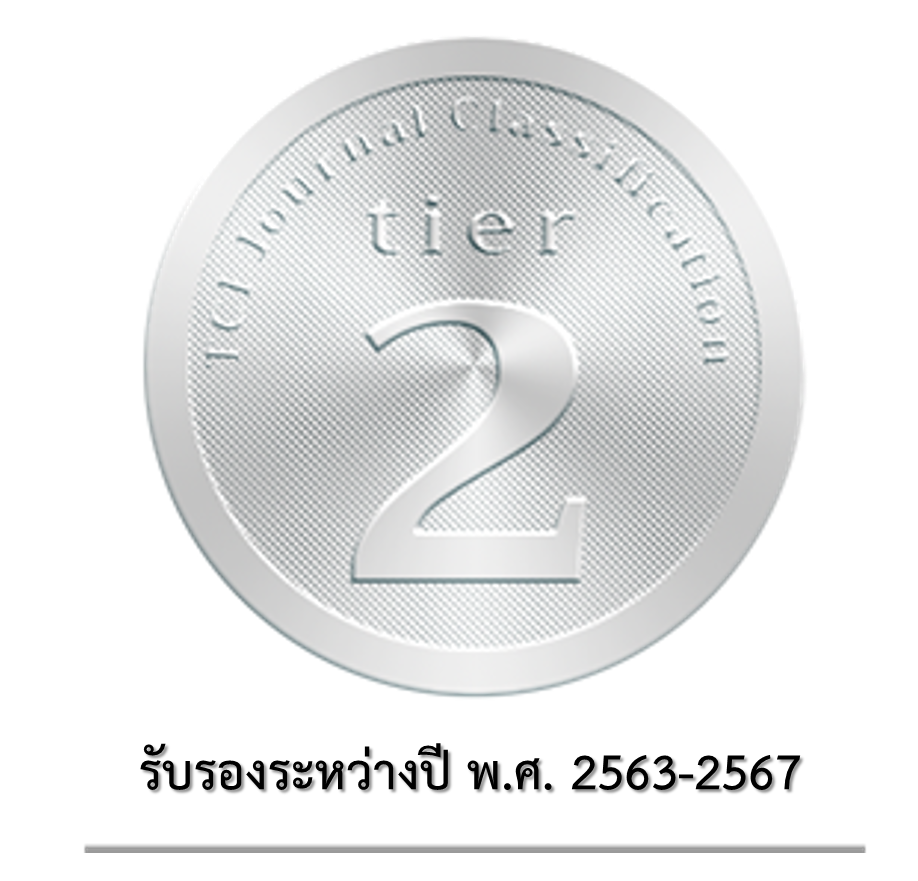Public Spending and People’s Quality of Life
Keywords:
Fiscal Institution, Public Spending, Quality of Life, Budget AllocationAbstract
The analytical framework of the relation of fiscal institution with public spending and people’s quality of life in this article is a ‘tool’ for supervising and tracking socioeconomic condition as well as the people’s quality of life in various aspects. The framework can stipulate indications for the current and future socioeconomic condition in addition to the identification of problems and needs of people living in the area. This enables the government sector to design and specify the institution roles, workforce, fiscal budget allocation including principles and procedures in the administration of the finance to solve the identified problems. For example, in case the analytic results point out the problems of quality of life, government can suitably adjust the fiscal budget in the aspect of public health to solve such problems accordingly, so that the disabled groups or the poor can access such services more conveniently. Additionally, it can be used for budget allocation adjustment in order to create suitable socioeconomic condition. Relevant institution can apply such analytical framework for a budget allocation, to supervise and assess the fiscal budget spending in order to find out if the approved budget allocation can satisfy the objectives of the policy concerning the improvement of people’s quality of life. This, therefore, leads to the supervision of public spending resulting in the highest benefit to the people.
Downloads
Published
How to Cite
Issue
Section
License
Copyright (c) 2018 Journal of Humanities and Social Sciences, Suan Sunandha Rajabhat University

This work is licensed under a Creative Commons Attribution-NonCommercial-NoDerivatives 4.0 International License.



